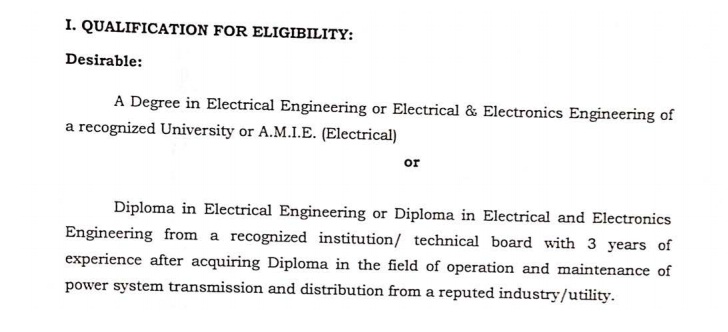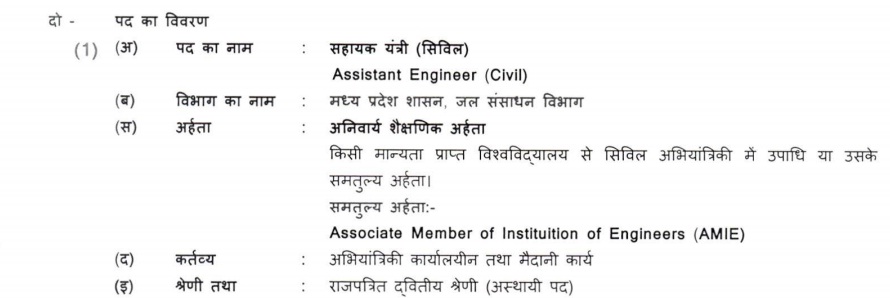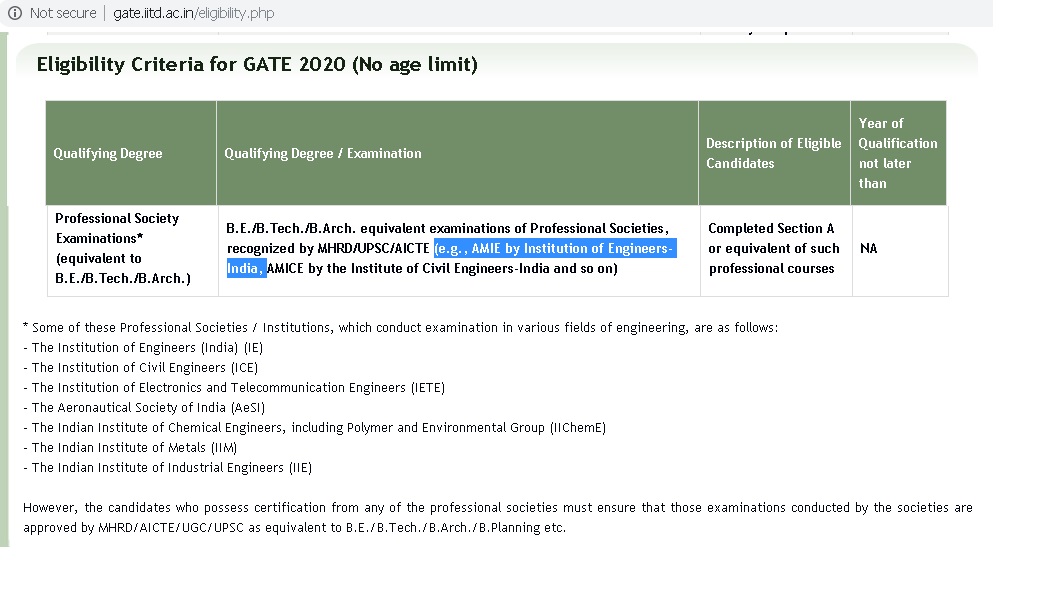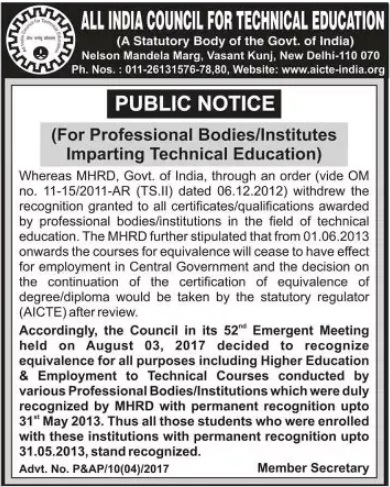AMIE Project Work ! AMIE Project Examination ! AMIE Project Guidelines
AMIE Project Work ! AMIE Project Examination ! AMIE Project Guidelines ! AMIE Project Guide list 2019 ! AMIE Project Guide winter session ! AMIE Project Guide summer session
The candidates eligible for project work after
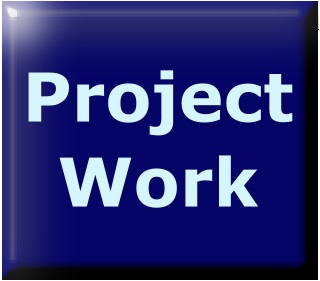
passing a minimum of 5 subjects of section B. They need to fill up a form in prescribed format issued by The Institution of Engineers (India) & submit the same to Institution. The Institution will inform the candidate after receiving complete form and checking eligibility condition that “The candidate is eligible to start the project work or not”
.
If candidate fulfill all necessary condition & submitted the form with Fee to start project work, Project Guide Contact details will be shared by the Institution either by Website publication or by Email/Post. The Candidate applied for project work needs to contact the project Guide as date mentioned by Institution.
.
Student can choose any project work with consultation of project guide from any of the following.
a) Comprehensive case study (covering any structure, industry or system);
b) Field-oriented analysis and/or design problems (such as design of engineering structures,
industrial/engineering processes and systems);
c) Management-oriented study (such as evaluation, estimation, optimization, planning, and
management, etc.);
d) Repair and maintenance of equipment, structures, etc.;
e) Any other project work a project guide may deemed proper to allot to the student.
.
Following points must be considered by the students during project Work.
- Report First Time to Project Guide As early as possible.
- Give best effort during the project work this is the time to prepare something Innovative, Creative during your AMIE. Consider this is also very essential part of complete course.
- Confirm Duration of project & set end Date
- Confirm Expected meeting timing’s with project guide.
- Complete your Project work approximately 2500 Words.
- Use Double spacing while typing the Project report.
- Check all minor mistakes twice like grammar.
- Formatting of project work should be Good.
- Plan more than 5 meetings during project work.
- Plan seriously more than 100 hours for project work.
- Submit your Project Report Timely to Project Guide.
- Post Complete Project Report after signing of Project Guide to the Institution.
Disclaimer: The Content in this blog is strictly for educational and informational purposes and is not intended to be advice or recommendation of any kind whatsoever. Anyone who wishes to use information contained in this blog takes full responsibility for their actions. Viewers should always do their own due diligence on any information perceived from this blog to form their own opinions and best judgments. The material contained in this blog cannot be replace or substitute for the services of trained professional in this field. The author accept no liability for any kind of content on this blog or responsibility for any direct, indirect, implied, punitive, special, incidental or other consequential damages arising directly or indirectly on account of any actions taken based on the information provided in this blog without warranties. This blog is not intended to spread rumors or offered or hurt the sentiments of any religion, communities, organization or any individual or to bring disrepute to any person (living or dead). Despite our best intentions there may be sections that get offended by this blog. We request people not to take our content too seriously and we sincerely apologies for any such hurt our blog might have caused.
- Visit & like our facebook page.
- Let’s not end but also start success by exploring our other valuable contents on website like Knowledge exchange, Blog Bank, Product and services etc.
- Write us at [email protected] to Join hands Use subject line
“Interested in Engineering Advancement Group :YOURNAME :MOBILE :EMAIL” and share your brief Profile
Check More Blogs here for Computer Engineering, Electronics Engineering & More

